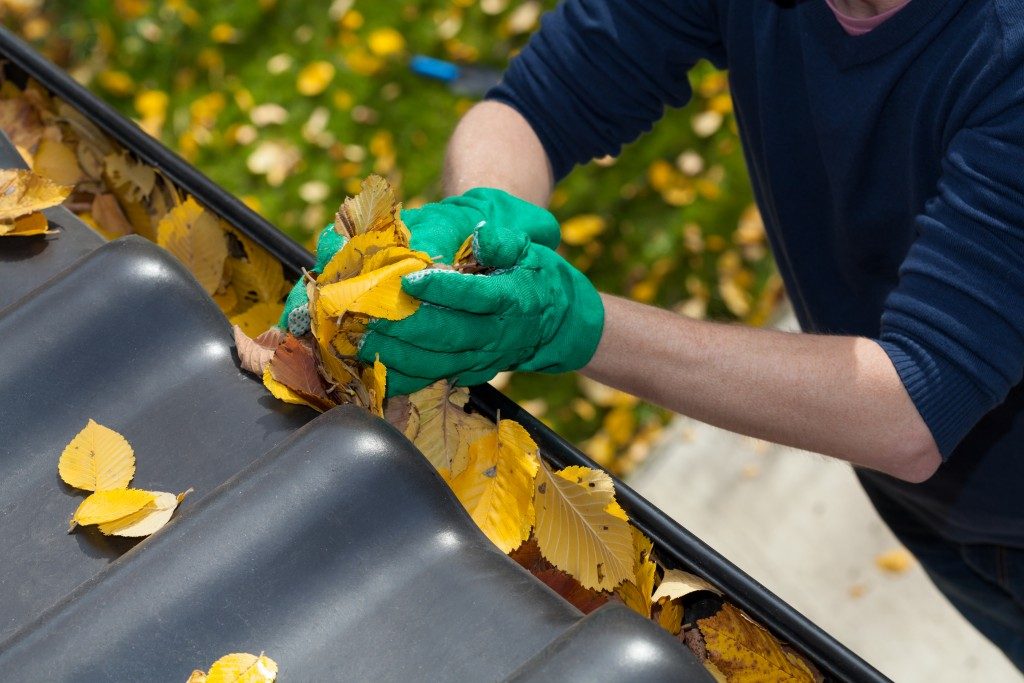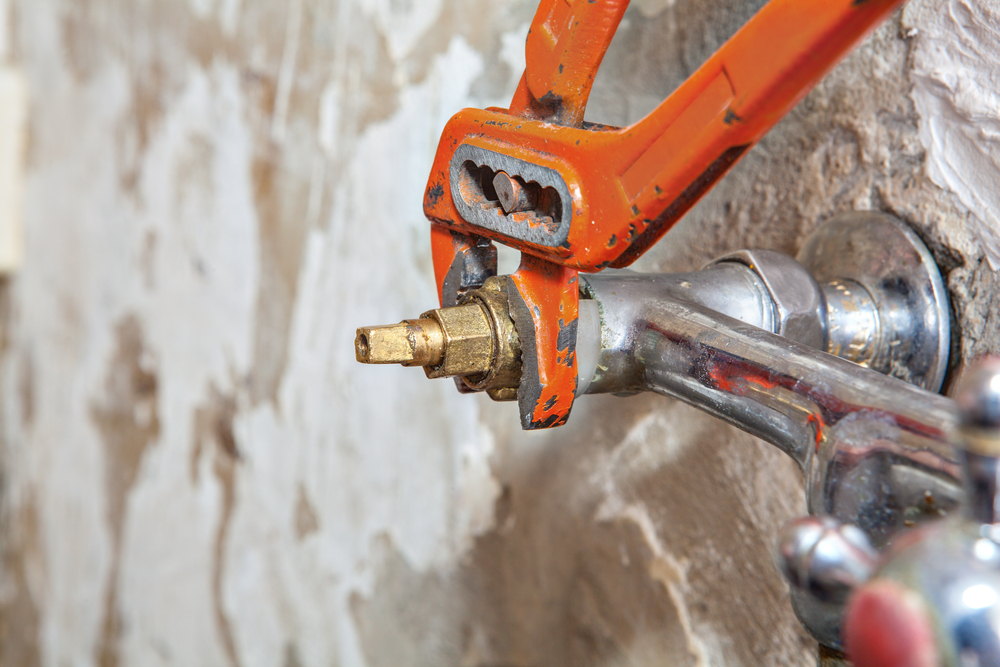Gutter systems are often installed for two main reasons: rainwater collection during rainy periods and drainage purposes. Whichever the reason is, a gutter system ought to be properly installed if it is to serve its purpose accordingly. Faulty gutters often result in leaking, which may put your house at risk of water damage. A leaking gutter may also cause erosion around your home.
Regular Maintenance
Just like any system, gutters require regular maintenance. It may be to fix defective sections or even cleaning. There are businesses in Seattle, Washington that offer gutter cleaning services to both residential and commercial buildings. During maintenance, the handymen may check for possible leaks along the gutter system. There may be a need to seal any present or developing leaks to prevent their deterioration. Other times, a building’s owner may be advised to allow the complete replacement of a certain section of the gutter system. With cleaning, attention is given to joints and corners that tend to clog as a result of trapped leaves and accumulated dust. An excessive collection of dirt tends to reduce the capacity of a gutter system and the ability to effectively drain the water during heavy rains. As a result, there can be a lot of splashing.
Installation of Leaf Guard Systems
Leaf guard systems may be compared to sieves due to their similarity in function. They are fitted across gutters to prevent the passage of leaves. The collection of leaves in gutters is a major cause of clogging that reduces their ability to handle rainwater. After some time, the leaf guards may be removed for cleaning purposes and then fitted right back. The size of the perforations on a leaf guard determines its ability to prevent the passage of dirt into the gutters. Relatively wide perforations may prevent the passage of large leaves but allow the passage of smaller ones. However, with smaller perforations, it may be possible not only to prevent the passage of leaves but also to filter off solid particles. This eliminates the need to frequently clean your gutter system.
The Right Gutter Size

The size of an installed gutter determines its ability to effectively handle rainwater. Undersized gutters may only work properly in cases of small rains. During heavy rains, the gutters tend to flood, which allows the excess water to pour over. At that point, the gutter fails to serve its purpose of effectively draining rainwater. When determining the right size of the gutter to be used, it is vital to consider various factors such as the size of the roof. A 10,000 square feet roof is expected to result in the collection of more rainwater in comparison to a 1000 square feet roof. As such, it may be logical to fit the former with a relatively larger gutter to guarantee its ability to handle rainwater.
The performance of your home’s gutter system is dependent on how well you maintain it and adapt it to handle rainwater. A well-maintained gutter system guarantees maximum protection against cases of water damage.




